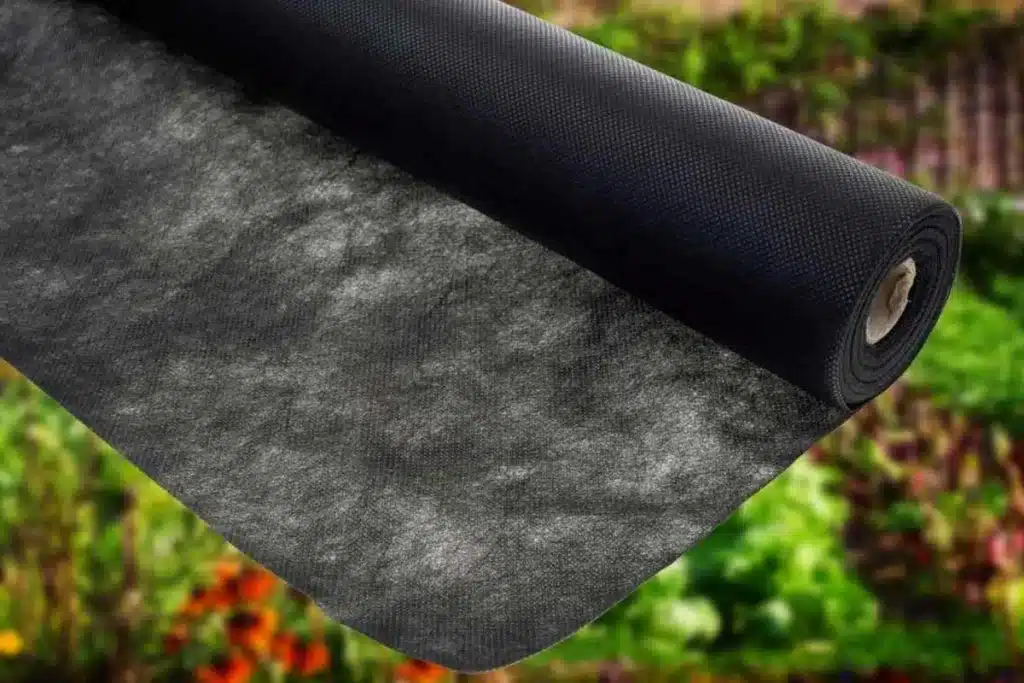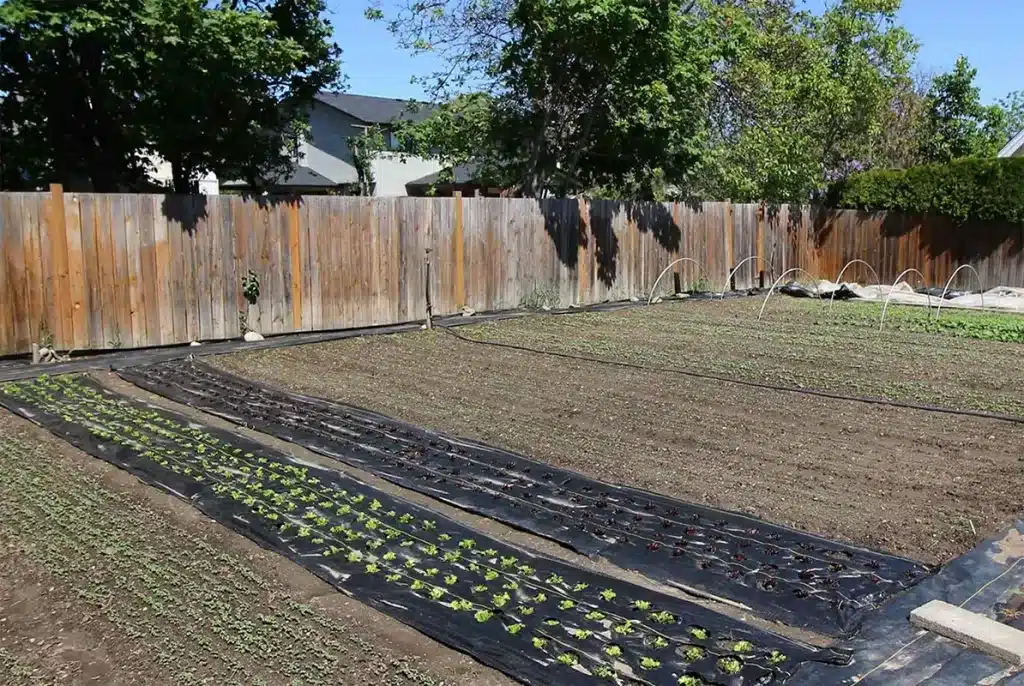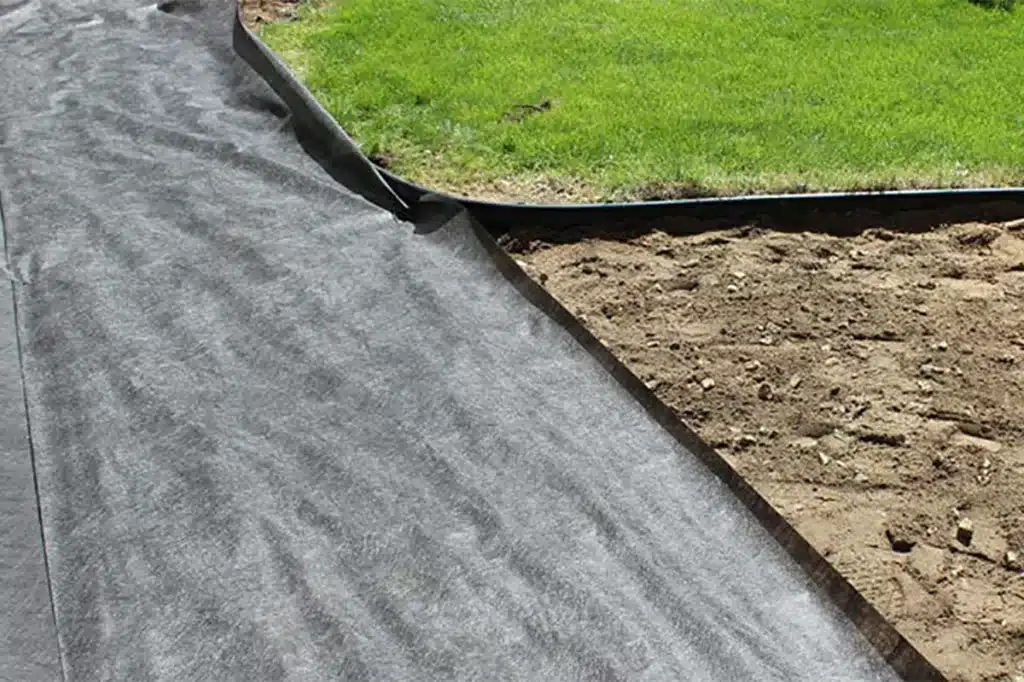+86-159 9860 6917
info@geofantex.com
geofantex@gmail.com
+86-400-8266163-44899
With food prices soaring, many people have turned to gardening as a solution. However, one challenge that often catches new gardeners off guard is dealing with weeds and pests. These can threaten your crops and disrupt your landscaping efforts.
Instead of spending endless hours pulling weeds, applying toxic chemicals, or continuously cutting back plants, consider using commercial landscape fabric.
Understanding Landscape Fabric
Landscape fabric, also known as weed fabric, serves as a barrier between sunlight and soil. Typically made from woven or non-woven fibers, this material allows water to permeate through while preventing weed growth. Some fabrics also feature UV protection to extend their lifespan.
Landscape fabrics are available in rolls, with widths and lengths ranging from 50 to 450 feet. The cost varies based on thickness, brand, and fabric composition.

How to Use Landscape Fabric
Landscape fabric helps control weeds and pests by acting as a barrier. To use it effectively, lay the fabric over the soil and cover it with several inches of mulch. Alternatively, pebbles, gravel, or sand can be used for a different aesthetic. Thicker fabrics are more durable and support heavier materials like rocks or bricks.
Types of Commercial Landscape Fabrics
Choosing the right landscape fabric can enhance your garden’s appearance and durability. Here are the main types:
- Spunbound Fabrics: Constructed from bonded polyester layers, spun-bound fabrics are durable and resistant to tearing. They come in various thicknesses, offering permeability for water and air or complete impermeability for applications like retaining walls.
- Woven Fabrics: Made from polypropylene fibers woven into a semi-permeable fabric, this type allows water and nutrients to reach plants while preventing weed growth. It’s ideal for flower beds, trees, and shrubs. Woven fabrics are often black and can be UV-resistant or stabilized.
- Non-Woven Fabrics: Made from polypropylene or polyester, these fabrics are best for areas with rocks or gravel. They provide stability and prevent stones from sinking into the soil, making them suitable for paths and large landscaping elements.
- Perforated Fabrics: Lightweight and designed with pre-cut holes, perforated fabrics are great for gardens with an even plant distribution. They’re ideal for vegetable gardens and perennial beds but not suitable for high foot traffic areas.
Benefits of Landscape Fabric
Using landscape fabric offers several advantages:
- Weed Prevention: By blocking air, water, and light, landscape fabric inhibits weed seed germination. Seeds that manage to sprout under the fabric will quickly die off.
- Chemical-Free Weed Control: Landscape fabric provides a safer alternative to pesticides, making it ideal for families with children or pets.
- Soil Erosion Reduction: Semi-permeable fabric protects soil from erosion by allowing water to pass through while safeguarding against surface runoff.
Implementing landscape fabric in your garden can greatly simplify maintenance and enhance the overall health of your plants.



Get Free Sample
We’ll respond as soon as possible(within 12 hours)






















